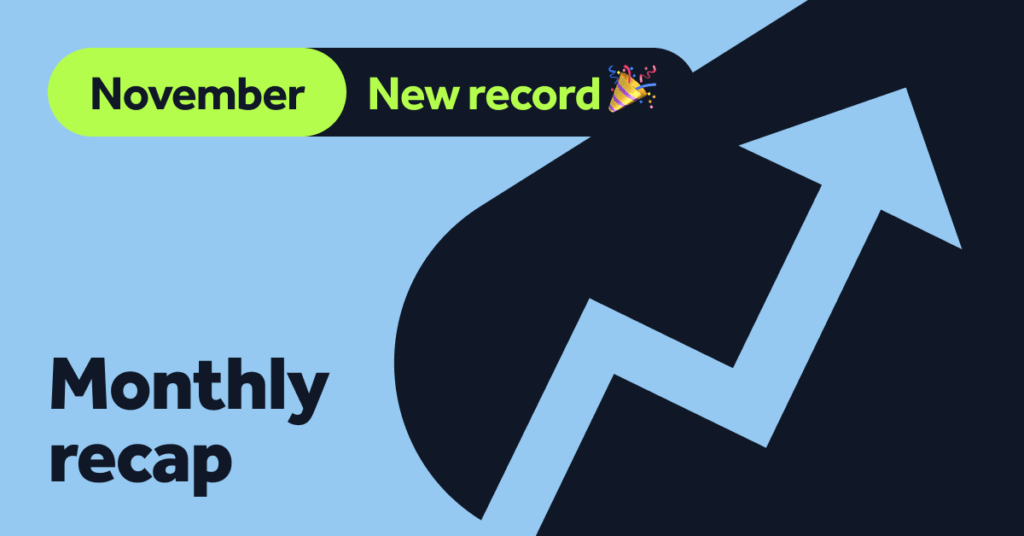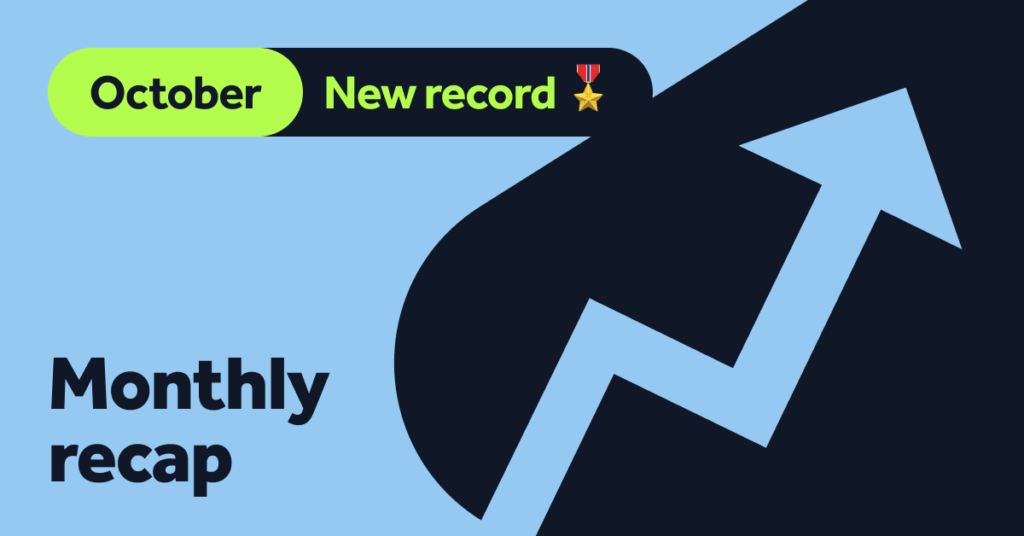While every step is taken to ensure all borrowers will make their repayments, from time to time they may unfortunately fall behind with their monthly commitments. This can be for a number of reasons, like losing their job or a significant change in their personal circumstances.
For when this happens, we have created a clear 3-step collection and recovery process where the bottom line is to secure the maximum amount of cash possible that is owed to an investor. We aim to reach step 3 as soon as possible because the bailiff has the rights to freeze the debtor’s assets and accounts to cover the payments owed.
Below, we break it down for you step by step*:
*Please note that all timelines referenced below can vary significantly between different borrowers, country and amount of debt outstanding and should only be used as estimates.
* * *
1. In-house collection – 1 – 74 days overdue
Regular reminders and information passed to debt registries.
Throughout this stage, the borrower receives reminders through email, text, postal letters and automated calls requesting they take immediate action. Meanwhile, we pass their information on to debt registries who also try to make contact with the borrower.
2. Default & Court – 75+ days overdue
Details passed to court, case automatically filed via payment order or civil claim.
When more than 74 days have passed with no payment received and if the amount overdue is larger than 2 monthly payments, then the loan is classed as in default*. In Finland, the case is then automatically filed with the courts and this will soon be the same process in Estonia and Spain thanks to access to new technology. Most commonly the case is filed via a payment order, however if this is unsuccessful then we will file a civil case. In a best case scenario, the process takes a minimum 4 months until a verdict is reached.
*If the overdue amount is less than 2 monthly payments, the loan is classed as in default after the payment schedule ends
3. Bailiff – 200+ days overdue
The Bailiff aims to retrieve payments owed from the borrower’s income and assets.
The case is handed over to a local bailiff after the court makes a favorable decision and the subsequent speed of recovery depends on the income and assets of the borrower. Bondora receives a quarterly update on the status of the collection.
Collection and recovery process glossary
Bailiff – Bailiffs have the rights to freeze debtor’s assets and accounts, they are also able to deduct payments from the debtor’s bank accounts to cover their payments owed. The borrower’s assets are those that are not pledged to a specific creditor (e.g. a property pledged under a mortgage agreement) and can be liquidated regardless of whether they were set up as collateral or not.
Court – This is the court in local residency of the borrower. For example, a borrower in Madrid will be filed with the local court where they reside in Madrid. There are some differences in the speed of how quickly loans that have defaulted are handled, depending on the country and constituency.
Debt collection agencies – Debt collection agencies (DCA’s) help us manage debt cases with the bottom line of restoring payments. They can be used in parallel with our in house recovery process where appropriate. In Finland, we automatically file all cases to court after the in-house collection process and this will soon be the same in Estonia and Spain. For existing cases that are successfully being recovered by DCA’s, there will be no change.
Payment order – This our first interaction with the courts and is a simple, fast and cost-effective process that accounts for the majority of our court cases. If the payment order does not bring any results or if the borrower objects to this, we then file a civil case.
Write-off – Either a partial or full amount of funds are written off when they are deemed unrecoverable. This can be in the case of death, debt restructuring, debt servicing costs or bankruptcy.
Rare cases
Bankruptcy & Debt Restructuring – The bankruptcy process is only initiated if the bailiff has not been able to collect the debt after freezing the borrower’s assets and accounts. Bondora either initiates this bankruptcy on its own or joins an existing bankruptcy filing. A distribution plan is then set up by the courts or bankruptcy registrar for the borrower’s assets and depending on the decision from the court, a new payment schedule is created for retrieving the principal. The court may also use debt restructuring to create a new payment plan for the debtor.
Civil case – In non-legal terms, this is where one person can sue another for not meeting the terms of a legal contract, i.e. paying back a loan. This is a more expensive process than a payment order as third parties such as lawyers will be involved.
Criminal – Very rarely, Bondora receives a notice about criminal proceedings related to the borrower. After an official notice is received from the authorities, the loan will be frozen and until the police finish their investigation and the case is ready to be sent to court. In criminal cases, it is extremely unlikely that any funds will be recovered.
Deceased – When a borrower dies with a loan outstanding, Bondora seeks to work with the executor of the borrower’s estate to secure repayments due. However, it may come to light that the estate may not contain sufficient assets to repay the obligation. In the event that no recovery is possible, the loan will be written off.




